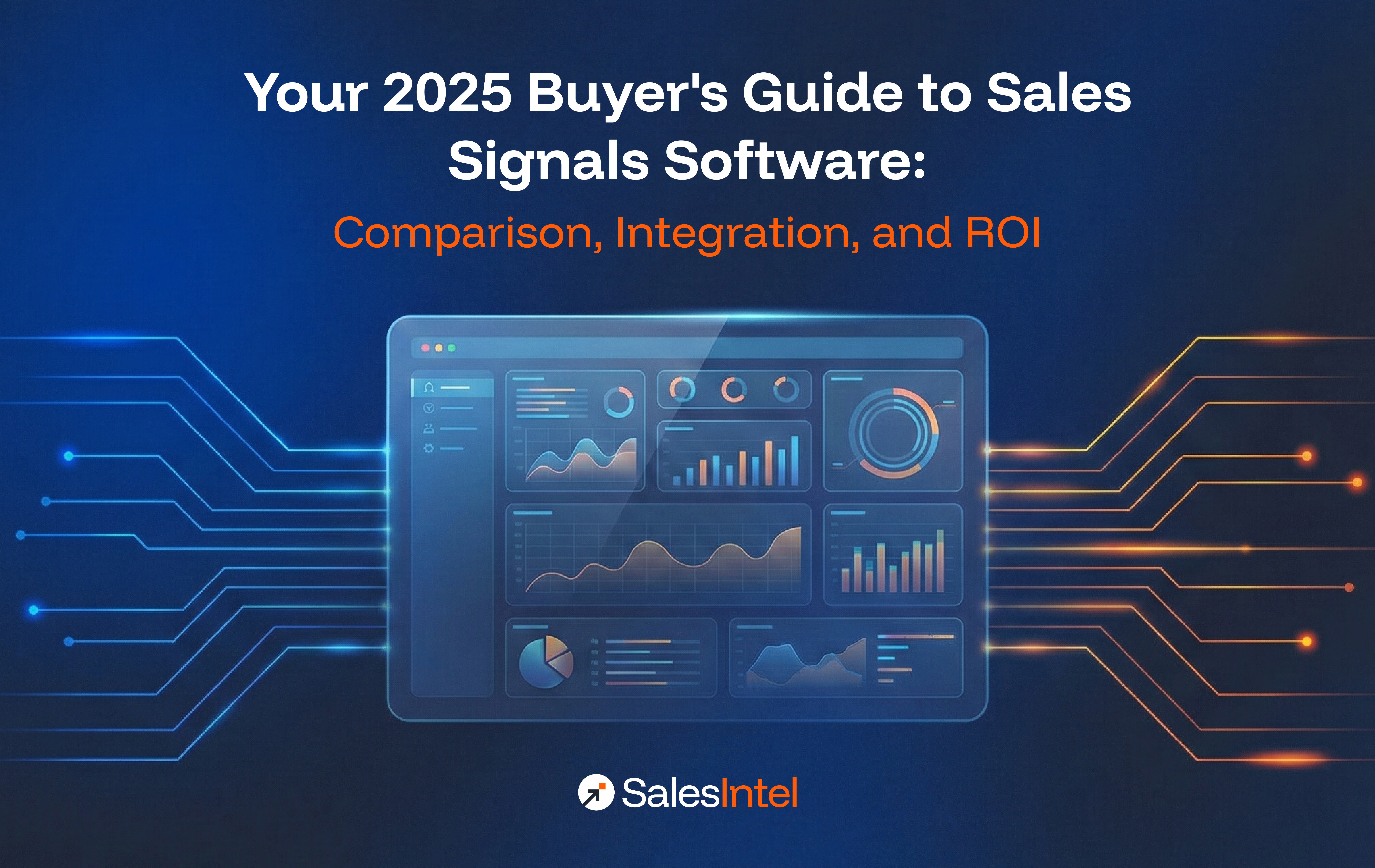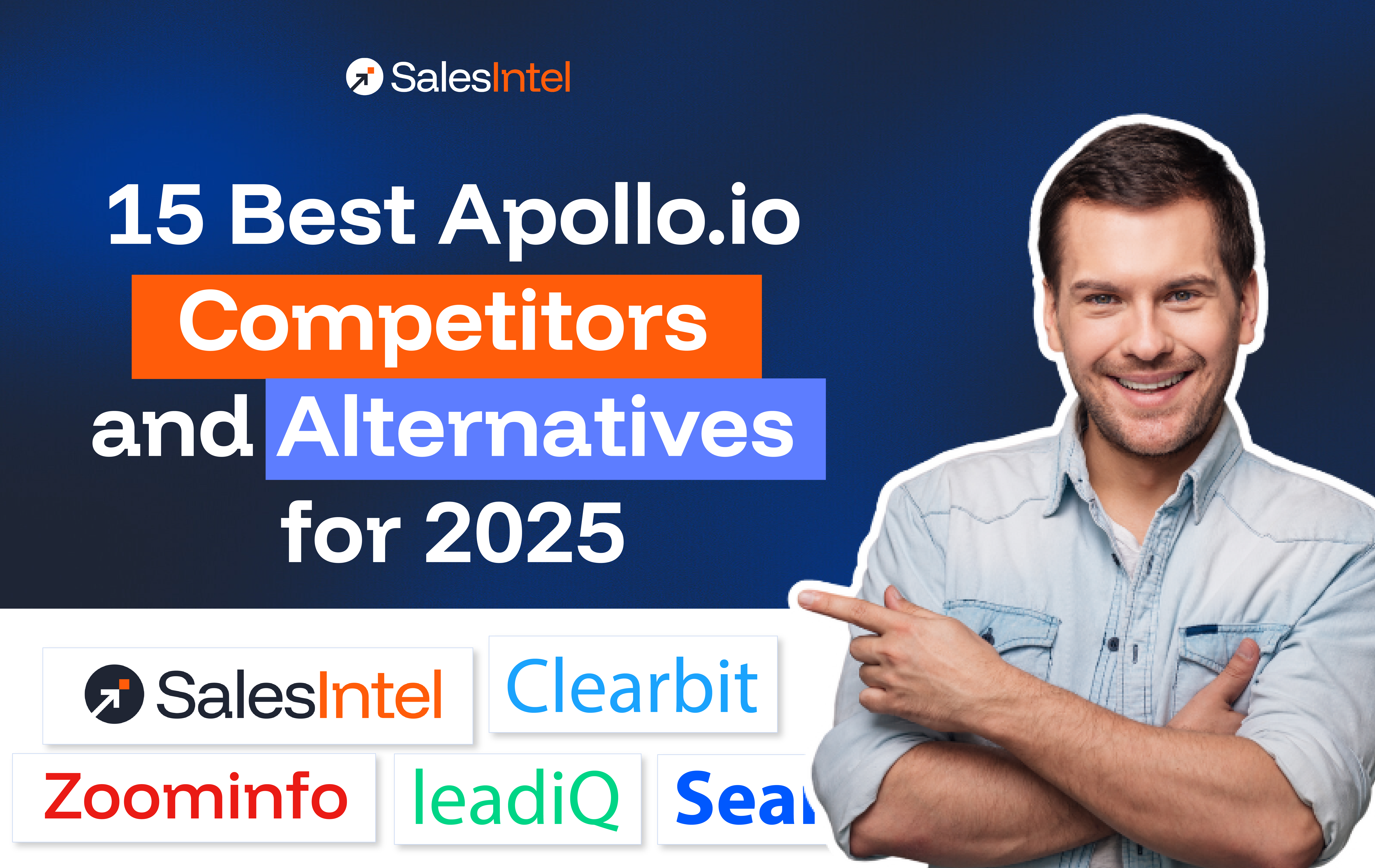The use of technology and digitization has been a hot trend in the education industry. Apps, software, professional development programs, online courses, observation tools, data solutions are all hot commodities — education institutes receive a lot of cold calls and emails aimed at solving almost every educational problem, real or perceived. As a result, selling to the education industry is highly challenging and competitive for B2B EdTech companies.
Decision-makers at education institutes often have a tight schedule. So you need to choose the right communication channel and use it carefully in a clear and consistent manner. Your success depends on how well you can align your understanding and purpose with the understanding and purpose of your audience.
If you want to tap the right opportunities and form deep, lasting relationships with education institutes, then the following do’s and don’ts will be useful for you to break the ice.
1. Getting Attention: Email Outreach
DO use email as a non-intrusive method of reaching out to the school officials. While it is hard to reach the decision-maker on call or expecting the authority to meet on cold calling, sending a personalized email to the decision-maker will ensure that you don’t interrupt their busy schedule. However, make sure you send enough information to convey the benefits of your tool or app, and then ask for their convenient time slot for setting up time to talk or respond to your email until a call is appropriate.
DON’T generalize or overly automate your email processes. School authorities receive hundreds of emails and calls every other day promoting apps or other stuff for the school. Generalizing your emails send a clear (and negative) message to each recipient that he or she is one of many people you are trying to approach. Don’t make a call right away till you send your introductory email followed by a follow-up email.
Due to the complex management structure, B2B EdTech companies often find it hard to identify and reach the decision-maker to present their solution. The best way to make the most of your efforts is partnering with a reliable education data provider.
SalesIntel assists your email outreach strategy by providing the accurate education email lists with direct-dails of the decision-makers as well as their technographic and firmographic data.
2. Making the First Contact: Scheduled Phone Call
DO spend more time listening to the decision-maker than talking on a scheduled phone call. You would never want to waste your email outreach efforts by pushing your app or solution at them as they are not ready to buy at this stage. Use the call to get a deeper understanding of the education institution. Knowing their challenges and what they value the most is the key entry point for a sales conversation.
Using SalesIntel, you can get the technographic and firmographic data of the education institutions that will help you keep your decision-maker engaged with your research about their organization.
DON’T use case-studies and statistics to justify a school’s rationale for considering your solution. You need to sell to education institutions like a pro. Every institution is different with different values, situations, and challenges. However, you can explain to them briefly about how your solution worked for the other institution in one context to inspire curiosity and interest—but not to convince or persuade.
3. Getting the Momentum: Schedule Demo/Presentation
DO engage the influencers along with the decision-maker by teaching them how your solution is going to make their tasks simplified. Decision-makers are often busy and might ask the influencers (the end-users) to attend your demo.
For example, suppose you’re offering a mobile app that helps teachers keep track of student grades, attendance, and communicate better with students, parents, and across departments. Get them engaged in a meaningful conversation by asking them how they deal with these things daily. Then explain to them how your app is going to take off their workload and keep these things easily accessible for them as well as for the parents. If parents have a part to play in your app, ask the management to involve a few parents to attend the demo. When it comes to their kids, parents are the most powerful influencers.
DON’T let the demo fall flat. Asking the teachers and the decision-maker to sit for 30-40 minutes and just listen to what you are telling them will not work. During the demo or at the end, they should not feel that what you have presented could have been handled via a phone call, or on an email. Make sure you value their time and keep the demo interactive and engaging so that they can convey the need for your solution (example: mobile app) to the decision-maker.
4. Closing and Onboarding
DO try to understand the onboarding process once they decide to use your solution (example: mobile app). A person leading the technical implementation may not be the right person to explain the effective use of your app. You need to brainstorm the possible ways to educate the audience who are going to use your app. Let the management realize that you are serving them as a partner and not as a salesperson by helping them to find the best way to train the users considering their technical capabilities.
DON’T assume that all the institutions will have the same capabilities and process to implement the technology. It’s good to understand how quickly (or slowly) successful changes tend to happen and to what extent collaboration and inputs are needed to proceed with the implementation.
5. Expanding Business: Customer Success
For any B2B EdTech company, it’s not just about closing the deal. You need to build a strong and lasting customer relationship with your customers.
DO provide the best customer service by sharing timely updates to the stakeholders, keep the conversation active by asking for regular feedback and solve user queries in time. This will also create opportunities for you to cross-sell or upsell.
DON’T wait for the renewal or the contract to start the conversation again. It may happen that your competitor will hop in and start pitching a better solution. Thus, it’s important to keep your clients engaged over time.
Wrapping Up
When all is said and done, education institutions often have a seasonal purchase plan and budget. Selling to educational institutions is about reaching the right prospect at the right time using the right channel with the right preparation. Using reliable education data solutions is the key to getting things started to allow yourself to focus on selling.
Try SalesIntel today to start prospecting and reach the decision-maker while your competitors are busy convincing the gatekeeper to reach the right person.






